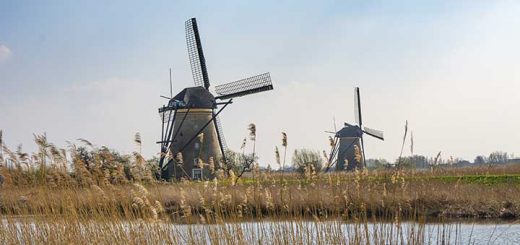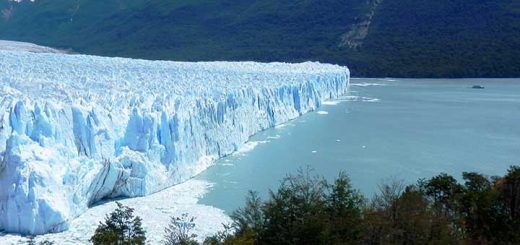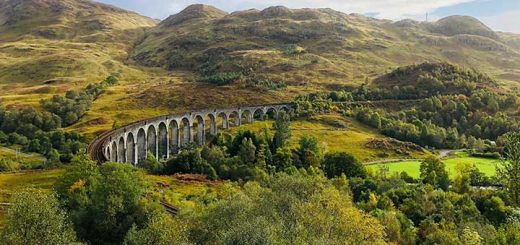Romania Travel Guide
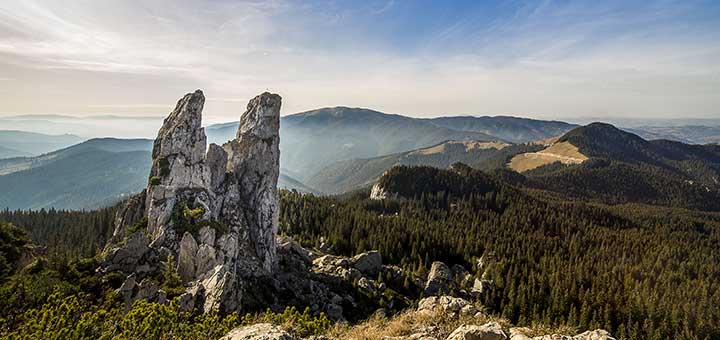
Forget about the Dracula stories, forget about the vampire clichés – Romania is even wilder and more exciting than this in reality! In fact, visiting Romania is not exactly a top priority for the majority of us and you simply cannot guess how much you are missing for not putting the quirky Balkan Peninsula country in your travel list. It may be challenging to visit the country, it may be challenging to like and understand it if you are a first-time visitor, but it definitely is a rewarding experience worth it to the last minute as you will discover later. Exploring Romania means that you will admire a breath-taking and awe-inspiring mountain scenery, a very diverse and interesting wildlife, and a lifestyle in the small villages that seems like not much changed since the Middle Ages.
On the other side of the spectrum are the capital Bucharest and the coastal cities, towns, and resorts that make Romania yet another country of exciting contrasts and a place where everyone can find something to cater their needs and desires. However, this is where the charm of Romania is living, beating, and breathing, right at the country’s quirky contrasts and fun challenges. In fact, there is something really special and unique in Romania that leaves just a few visitors unaffected. Often controversial and hard to understand, the best approach to falling in love with Romania is taking everything the country and its people serve you as an adventure – whether it will be the encounters with the peculiar Gypsies, the wild bears, and everything else that here is accepted as a normal everyday life but we, the outsiders, call it off the beaten tourist track!
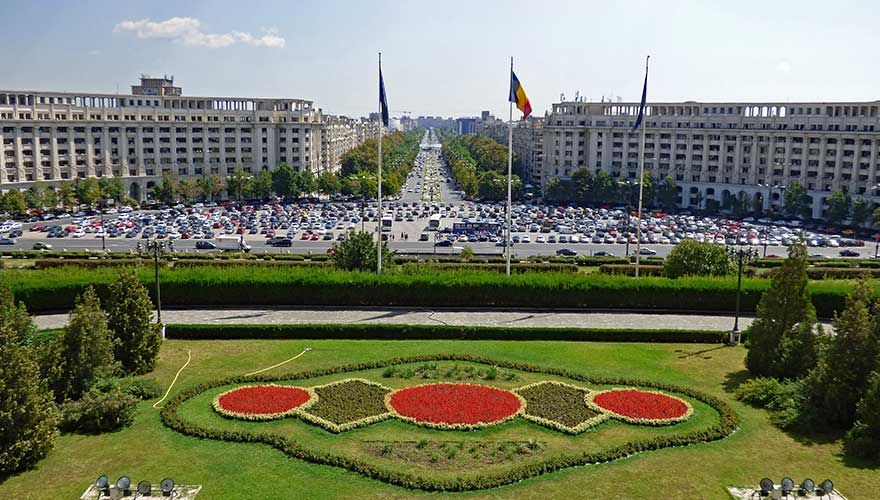
Bucharest
You can already guess it by the name, Romanians trace their ancestry and origin back to the Roman Empire and whether or not this is the truth, it does not matter that much, because the nation of Romania definitely shares some traits with ancient people – they are warm and welcoming, they are spontaneous and emotional, they appreciate style a lot. So whether or not the true descendants of the Roman Empire, Romanian population is still an exciting mix of different cultures with their unique backgrounds and histories – in addition to the ethnic Romanians, one and a half million Magyars and around the same number of Rroma (Gypsies) share the country along with Transylvanian Germans (Saxons) and a rich mixture of Russians, Ukrainians, Serbs, Slovaks, Bulgars, Turks, Tatars.
Romania is just starting its new life again after the 2-decade long dictatorship of Nicolae Ceausescu that brought the country through its most challenging years of economic collapse, repression, and deterioration in living standards. However, Romanians tend to be positive people, trying to forget the past and walk their way of progress ahead, building their country after Europe’s bloodiest revolution of 1989. The emerging from the shadiest place Romania has been into for the past decades, the country’s admission in NATO and the European Union has been a serious kick-start for the Balkan country that is now currently slowly but surely cementing its place in the community of the developed societies.
Romania is offering plenty of experiences to the visitors. From urban scenes to natural beauty, there is something for everyone in the country. A few of the main urban centres of Romania are, of course, the capital Bucharest followed by the cities Brasov, Sighisoara, Timisoara, and Sibiu. However, discovering the real atmosphere of Romania can be done in the remote villages that offer plenty of sights specific to the country’s culture and history – the log houses in Oltenia, Delta villages built of reeds, quirky wooden churches, and the classic Romanian churches which architecture is influenced by the many cultures and faiths ever dipping their toes there. However, Romania also offers a plethora of natural wonders worth visiting and admiring too, with some of the most unspoiled wilderness spots on the continent, some of the most majestic and awe-inspiring mountain peaks, some of the most beautiful and lush rolling hills of Bucovina, some of the most extraordinary wetlands of the Danube Delta, and so much more!
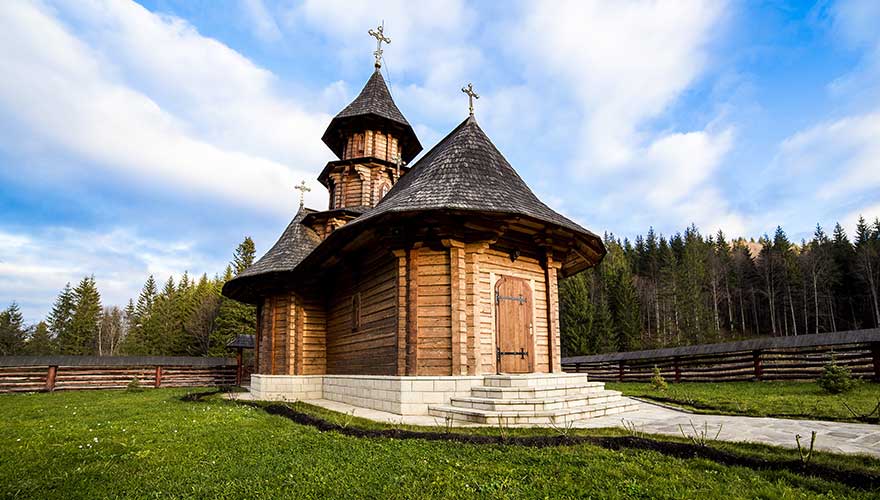
Bucovina
Naturally, one of the most visited spots in Romania would be the capital Bucharest. Of course, this is usually the first contact of travellers with the country as the capital is where the majority of them arrive and land off. The capital Bucharest is often called the Paris of the Balkans because of the noticeable nineteenth-century French influence in architecture and style. Parisian-style boulevards fringe the city some more for giving it a bit of a relaxed vibe in a contrast of the wide traffic, the urban realism of the once-grand fin de siecle buildings, the suburbs dominated by the post-communism ruination of grim apartment blocks. In fact, Bucharest is not an easy city to fall in love into but it is all a rewarding experience once you have the chance to admire the cultural institutions, abundant greenery, the recently blooming culinary and artisan cafes scene.
Changing the atmosphere and style happens just a bunch of kilometers away from the capital, where the city of Brasov turns into a starting point of exploring the province of Transylvania to the north and its thrilling scenery, Saxon architecture, the medieval fortified town of Sibiu, the rugged and rough skyline of Sighisoara – the birthplace of one of the most mysterious individuals of Romania – Vlad the Impaler also known as Dracula.
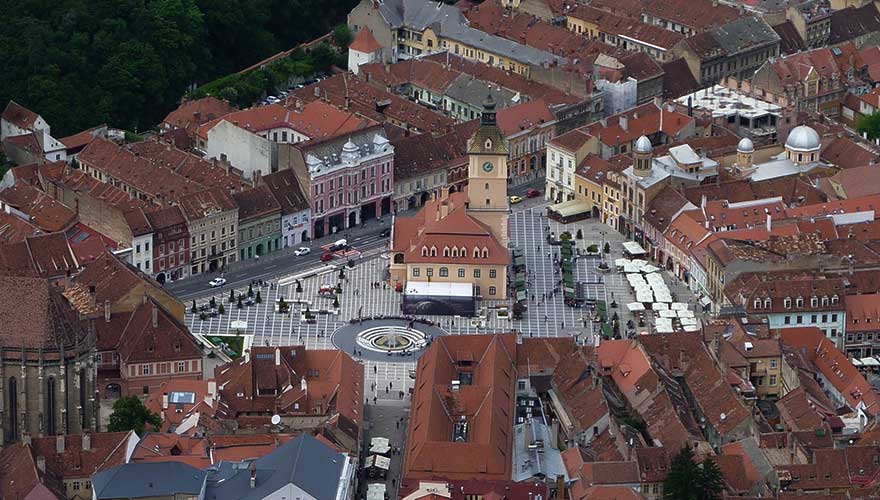
Brasov
Head north and west from Transylvania and you will reach to great Magyar cities of Targu Mures, Cluj, and Oradea and their beautiful medieval architecture with plenty of impressive Baroque and Secession buildings. Just a bunch of kilometres away near the Serbian border is where the hugely enjoyable and one of the most popular cities in the country is – Timisoara, which is also a source of the 1989 revolution in Romania and is jam-packed with history and culture.
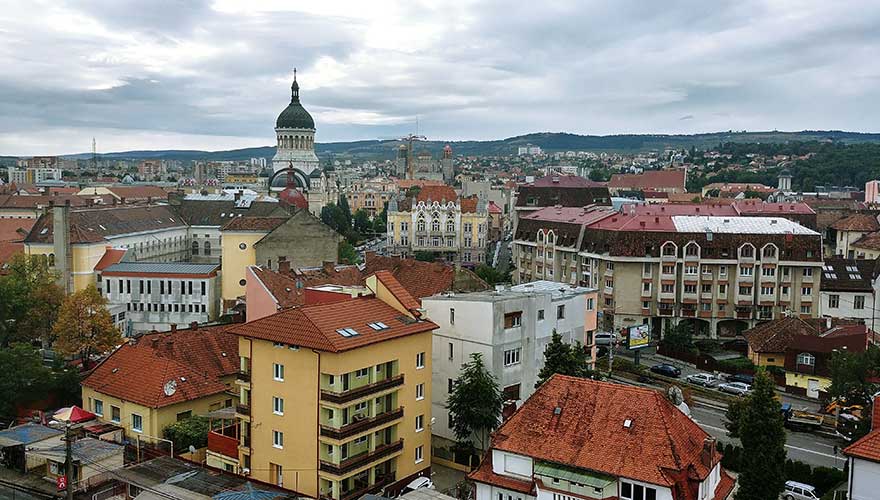
Cluj
For many visitors, the best part of Romania is its remote and quirky villages. Nothing has changed a lot from the Middle Age in this region of the country and the unspoiled and awe-inspiring mountain scenery of the countryside will not leave you disappointed. The wild Carpathians are the Romanians’ pride and joy, forming a natural border between the three provinces of Transylvania, Moldavia, and Wallachia. The mountain countryside is not only a home to many people from different backgrounds but also an impressive wildlife including shelter bears, stags, eagles, and chamois. If you are much of a hiking enthusiast, this is the best region of Romania for you because of the Padis plateau and Bucegi, Fagaras, and Retezat ranges. On the other side of the spectrum is the Black Sea coast that is full of modern and often overcrowded beach resorts, Mamaia is one of the most popular out of them. The old port of Constanta is yet another destination for a summer holiday with a lot of architectural beauty and a rich history and culture.
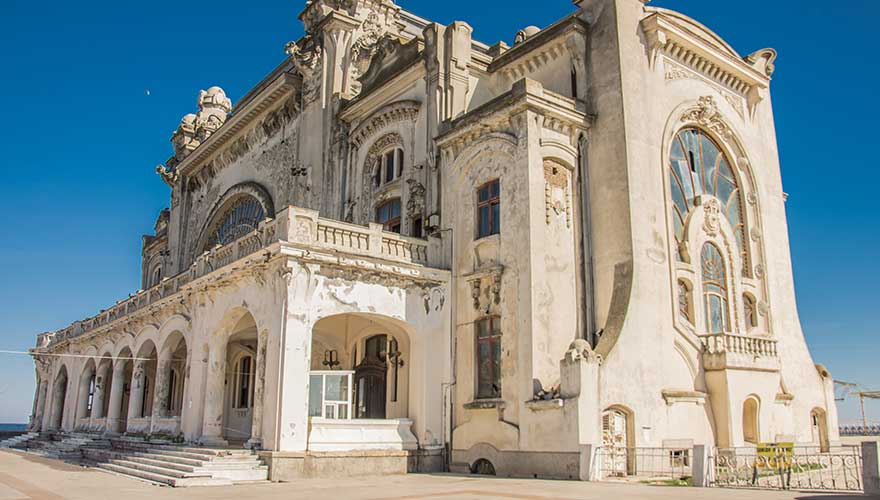
Constanta
Head north of the coast and you will reach to the Danube Delta where life is hardly changed from centuries and there are plenty of settlements that are impossible to reach by anything but a small boat. If you are interested in bird watching the Danube Delta is the right place to go with hundreds of bird species visiting this region every spring and autumn. A home to some quirky medieval churches are the villages of Maramures not far from the Ukraine border. Close by are the lush and beautiful rolling hills of Bucovina, a home to the Romanian monasteries with some of the most beautiful and outstanding frescos in Europe and probably the world.

